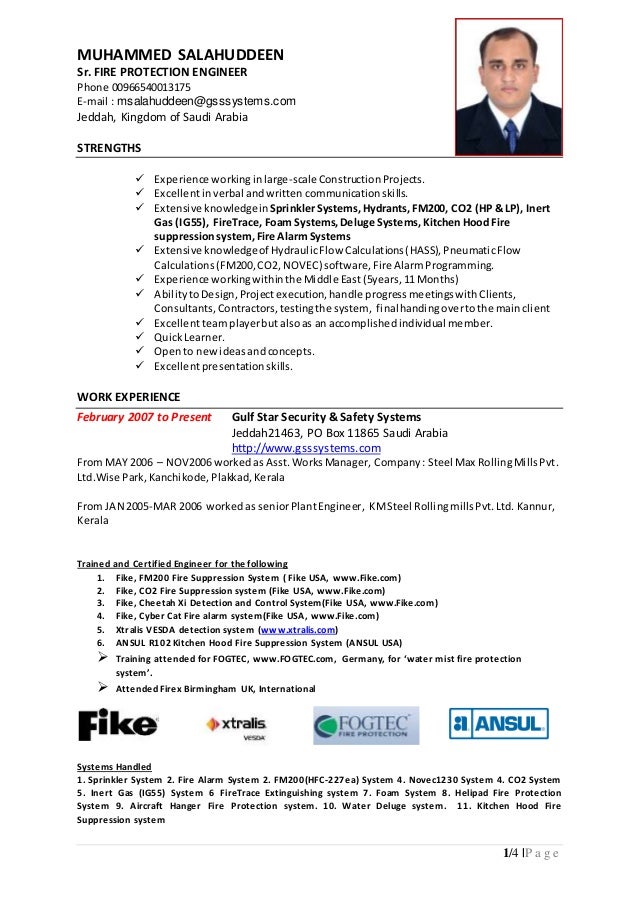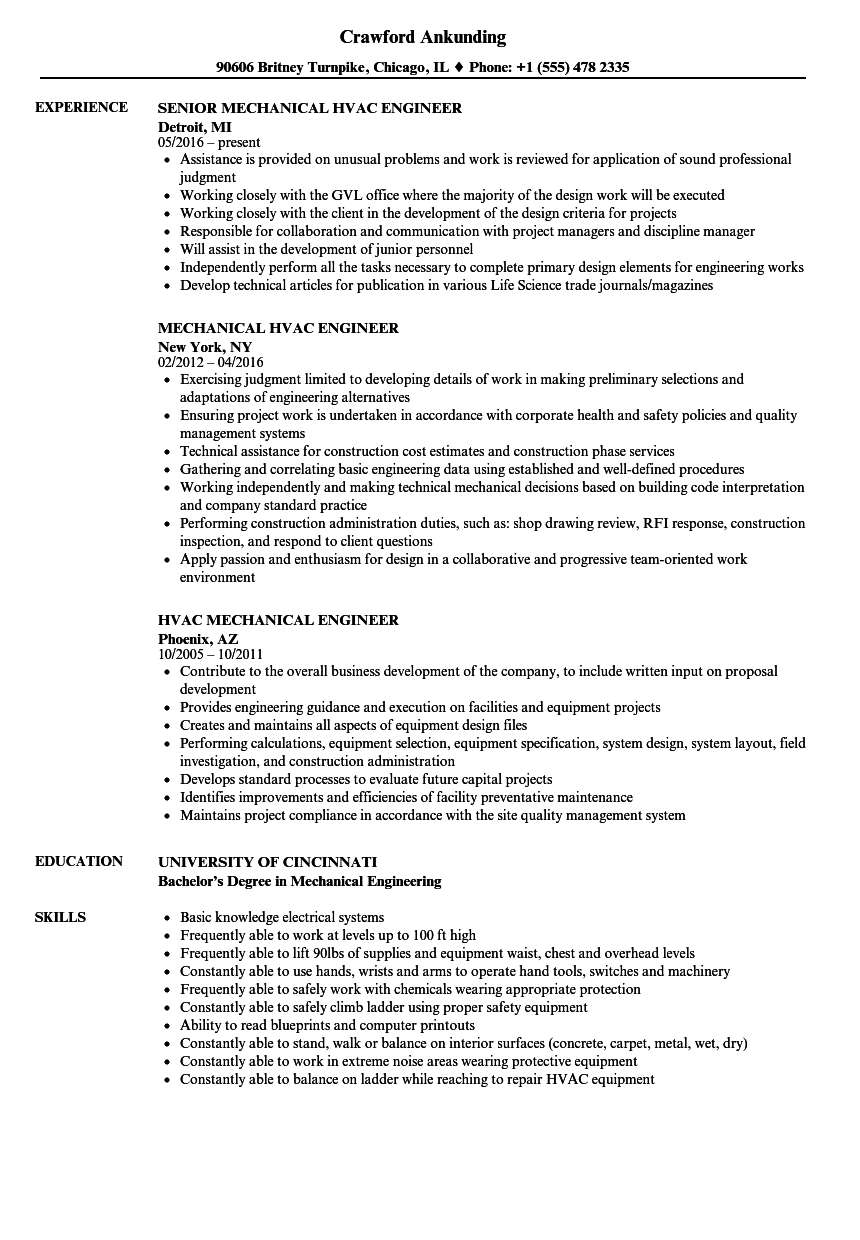

Certain cooking oils can cause the CPVC piping to crack, leak or break when applied to the piping system. Any CPVC pipe or fittings that have solder flux on them (as identified by staining or discoloration of the pipe and fittings) should be removed and replaced with new CPVC materials.Ĭooking Oils and Grease: When CPVC pipe is installed in kitchen areas the pipe must be protected from contact with grease or cooking oils. CPVC contact with solder flux can cause cracks, leaks and breaks in the piping system. These types of products should be isolated from direct contact with CPVC piping products. Direct contact with heat (open flame), solder, and soldering flux is not recommended. Soldering/Hot Work: Soldering of metallic components in close proximity to CPVC piping will cause damage to CPVC piping systems. Refer to appropriate NFPA Standards concerning Anti-Freeze Systems and Harvel’s Installation Instructions for additional information. grade GLYCERIN are acceptable for use with CPVC fire sprinkler products. The use of improper anti-freeze solutions such as ethylene glycol, propylene glycol and/or contaminated glycerin solutions can cause stress cracking of CPVC resulting piping system failure. Only compatible fire stop materials should be used with CPVC.Īnti-Freeze Solutions: Do not use glycol base anti-freeze solutions. Refer to Harvel’s Installation Instructions for additional information on threaded connections.įire Stops Materials: Some fire stop sealants contain solvents, plasticizers or other chemical additives that can cause damage to CPVC.

Only compatible thread sealants and tapes should be used with CPVC. Thread Sealants: Some thread paste sealants contain solvents, oils or other chemical additives that can cause damage to CPVC. It is common for these engineers to have either a degree or a master’s qualification in fire safety engineering, or fire protection technology.Форум -> Technical information -> Fire protection design manual

The following skills are crucial for getting the job done – strong analytical and problem-solving skills, fire hazard analysis skills, strong knowledge of researching and testing fire retardants, and methods of extinguishing flames, technical writing skills, and the ability to inspect buildings for flaws that cause fires. While the duties are determined by the place of work, certain core tasks associated with the role are listed on the Fire Protection Engineer Resume as – consulting with designers on fire safety issues, directing fire safety installation activities, performing fire prevention investigations, conducting fire prevention training, suggesting policy changes, preparing and writing reports, and reviewing work performed and providing written updates to key stakeholders. The job description entails researching the causes of fire and deciding on the best fire protection methods.

A Fire Protection Engineer is hired to design systems, products, and procedures that prevent fire damage.


 0 kommentar(er)
0 kommentar(er)
